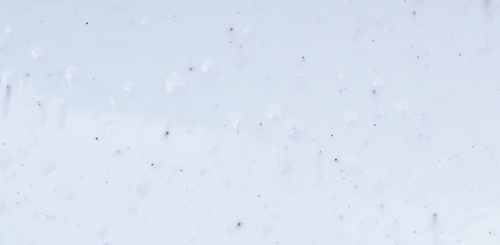For those who have read a lot of articles here on the DI Blog, you’ve seen the various pro detailers talking about decontaminating paint, particularly on cars that are several years old and older. Over time contaminants attach themselves to the paint, and when you glide your hand across the finish during the washing process for instance, it actually feels gritty or rough. These contaminants build up over time, and the normal washing process won’t remove them. The tools we have at our disposal to properly remove these contaminants would be to use detailing clay, a chemical neutralizer, or a combination of both.
So we know that it’s a problem on older cars and vehicles that don’t get regularly detailed, but what about brand new vehicles?
Not too long ago I purchased a new family vehicle (white), and didn’t have the time to perform a new car prep on it. Just a few months after that when I finally did get the chance, I found a tremendous amount of what’s commonly referred to as “rail dust”…small metal particles that embed into the paint and eventually show up as small rust blooms (very easy to see on white paint).
A good customer of mine had recently purchased a 2012 Porsche Panamera in white, and it was a few months before we could get our schedules together for a proper detailing. This week I had the opportunity to work on it, and I found exactly what I had expected…a tremendous amount of contaminants in the paint. During the wash process I could tell that the surface was very rough, and I knew that I had a lot of work to do in order to properly remove it all.
Fortunately our industry continues to move forward rapidly with new product development and technologies, therefore the decontamination process goes much more quickly and thoroughly than what it did just a year or two ago. And with the new chemical decontamination products on the market like CarPro Iron X, not only do we have the ability to do a better job of the removal process, but we also have the ability to actually see just how much contamination we’re dealing with.
Iron X works at the chemical level to neutralize the iron deposits / contaminants in the paint, and during the process of neutralizing these deposits, it changes color to a deep red or burgundy color.
Below is a closeup photo of the Porsche Panamera surface that I was working with. I applied the neutralizer to all of the painted surfaces, and after a few minutes it was reacting with the iron deposits and showed just how bad the contaminants were. Keep in mind…this car is brand new with just over a thousand miles on it.
Once the Iron X had the opportunity to neutralize much of what was stuck on / in the surface, the claying process went much more quickly.
So the moral of the story is that just like older or neglected cars, new ones also have a lot of contaminants in the paint that need to be removed before applying your favorite wax, sealant, or durable coating.
